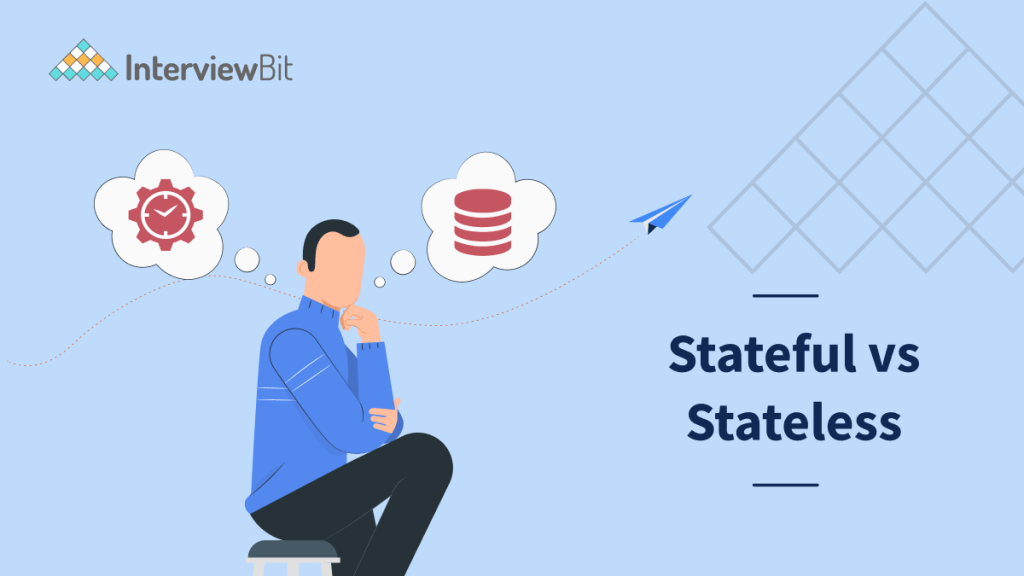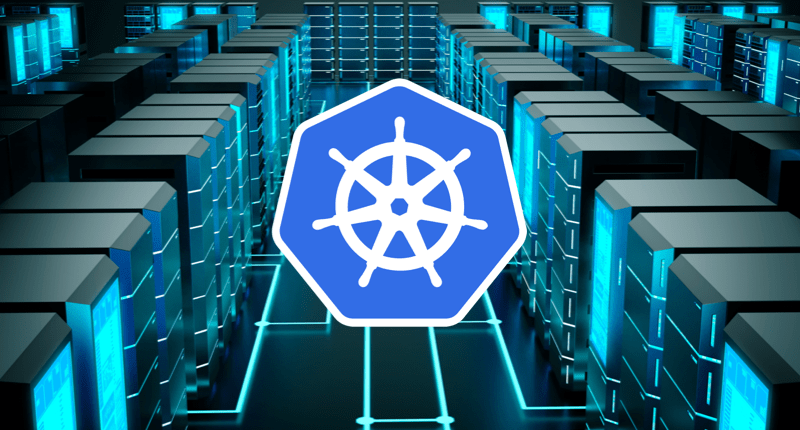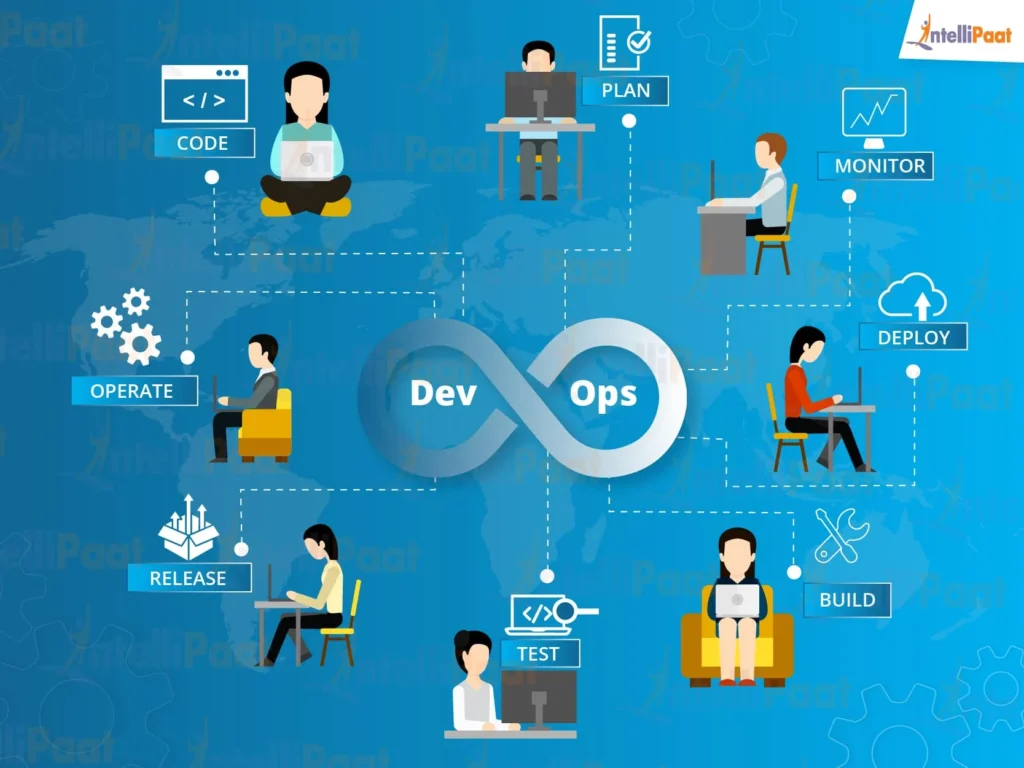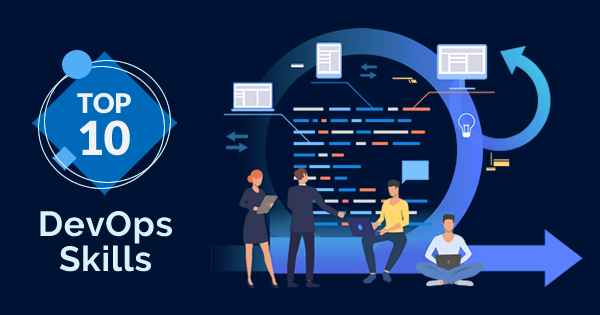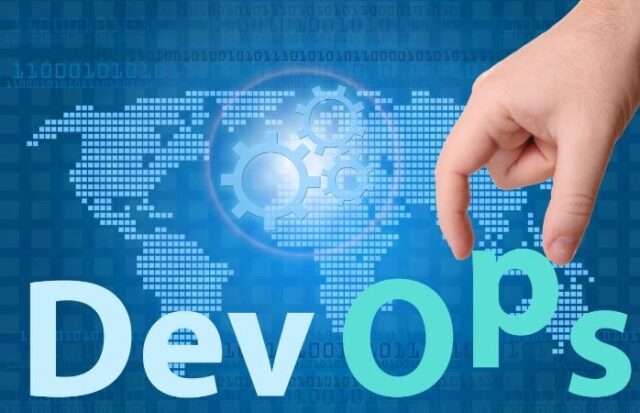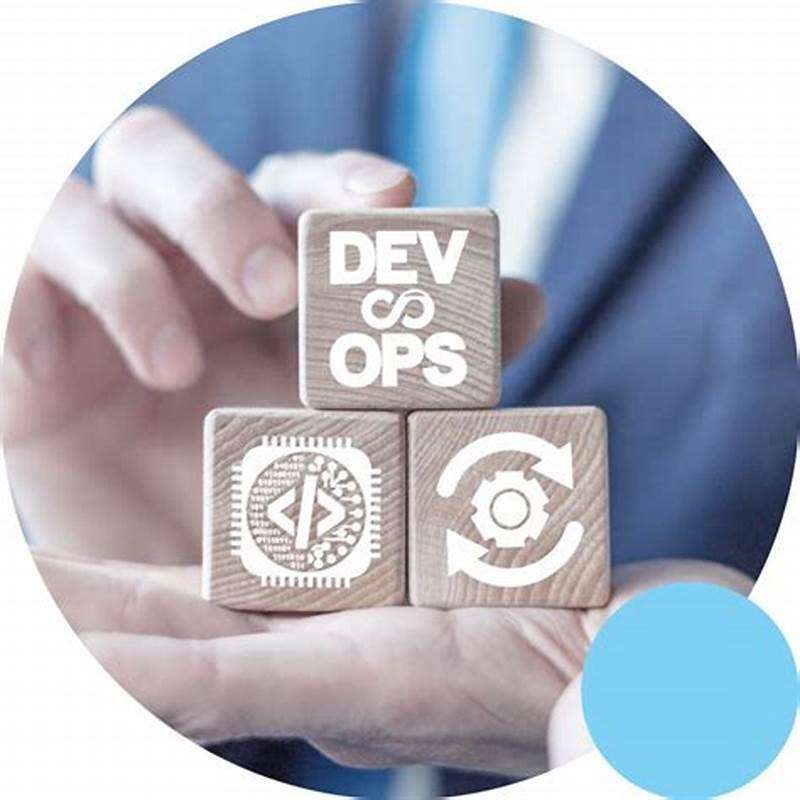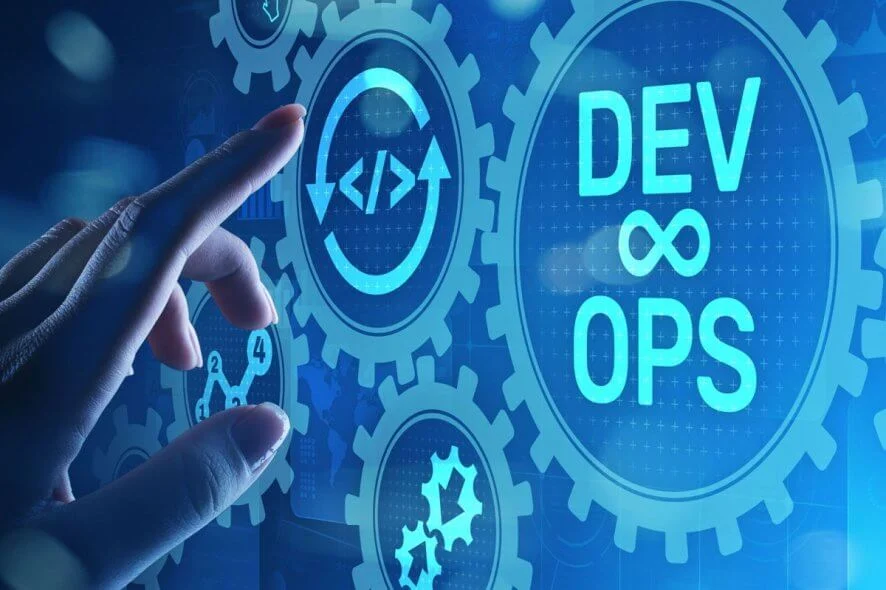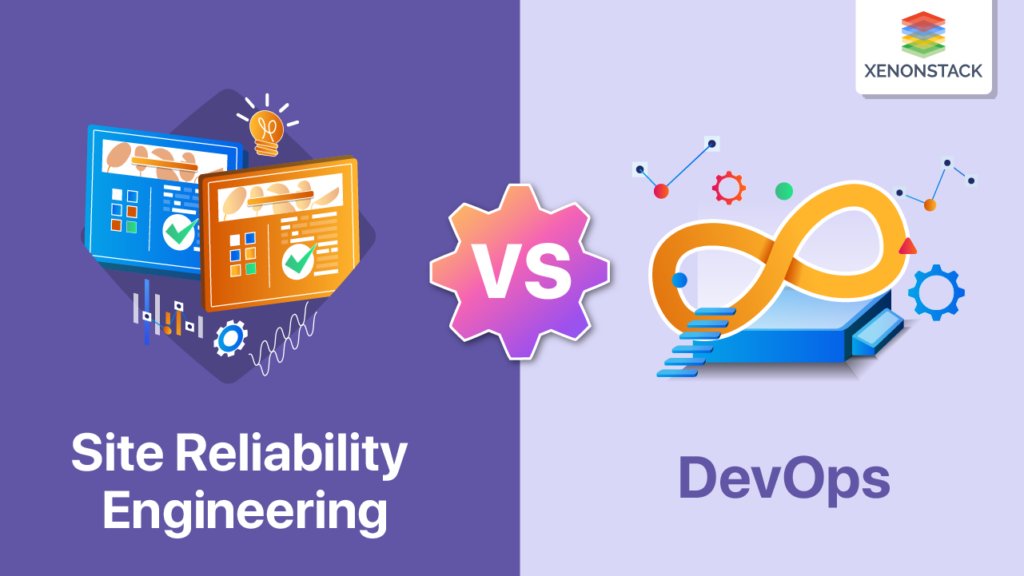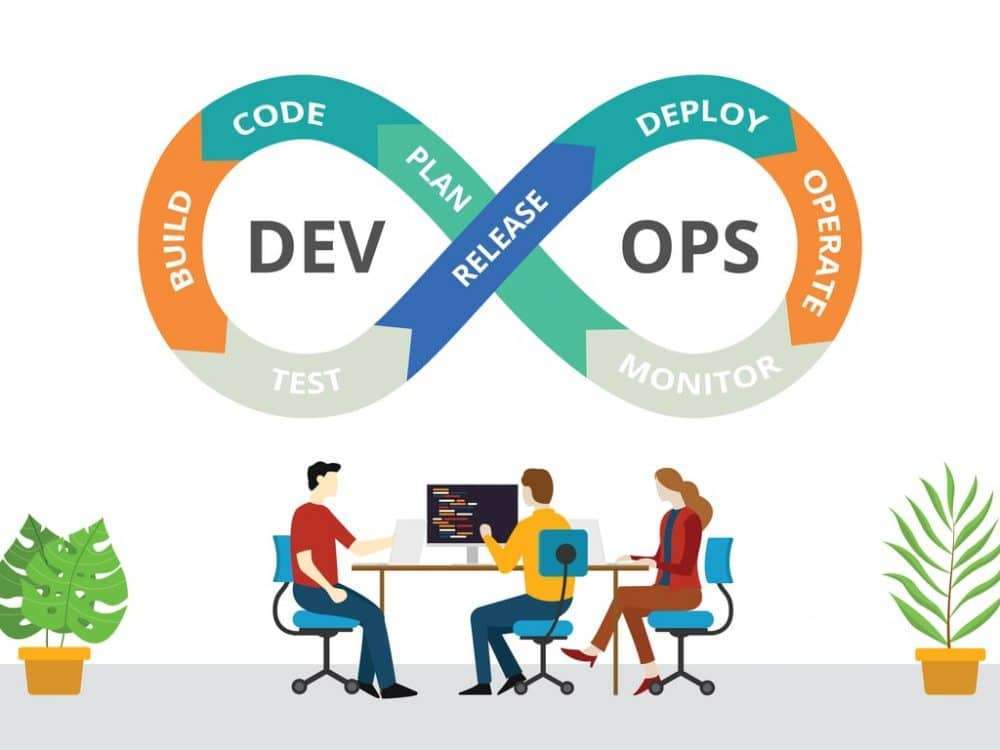Journey Back to Private Datacenter from Cloud | Dropbox
Vanakkam all In current world, companies are rushing towards switching their application from private datacenter(DC) to Cloud providers who provide various services including compute, networking, storage, security etc. The main reason for switching from DC to Cloud revolves around the DC cost, efficiency, scalability. But soon, will we be witnessing them migrating back from Cloud to Private Datacenter considering the unprecedented price hike, unused services, unused resources, confusion in service selection etc and also server manufacturers offering the hardware in smaller size, AI powered processors which occupies less space comparing to olden days. Example | Dropbox When we talk about moving back to DC due to unplanned cloud services usage and its effect on costing, there are several companies out there who have already moved back to their private DC or planning to move back as challenge to showcase that they can built an cost effective, efficient, planned DC on their own instead spending a huge budget on cloud Dropbox In a well-publicized move, Dropbox decided to shift away from Amazon Web Services (AWS) to its own custom-built infrastructure. This decision was primarily motivated by the need to control costs and improve performance, as managing their massive amounts of data on AWS was becoming increasingly expensive. “It was clear to us from the beginning that we’d have to build everything from scratch,” wroteDropbox infrastructure VP Akhil Gupta on his company blog in 2016, “since there’s nothing in the open source community that’s proven to work reliably at our scale. Few companies in the world have the same requirements for scale of storage as we do.” Its the backward approach. Now, Dropbox has its own advanced AI driven Datacenters across. Their strategy on building a Datacenter is interesting and amazing. They have come up with their own checklist, stages, planning in acquiring a place before Datacenter is being officially set. Interesting checklist | DC site selection process: Dropbox before it stages a DC, it involves in following process Site Selection Process Power Space Cooling Network Security Site Hazards Operations & Engineering Logistics Rental rate Utility rate Rental escalator Power usage effectiveness Supporting Infrastructure Design Expected cabinet weight with dimensions and expected quantity Increased risk due to construction delays Inadequate monitoring programs, which would not have provided the necessary facility alerts With above all selection process, the team comes up with a Score card. Based on the score, they decide the site location and then work on the DC setup. Large Vs Small DC space : The technology advancement is moving towards having small servers, small rack rack space and facility to easily upgrade the hardware or enhance the existing hardware. We have providers who can help in hardware upgrade lease agreements. Consult our CubenSquare Experts for Migration : Reach out to our experts for – Move back to Private Datacenter setup Compare existing Cloud pricing Vs DC setup and its pricing forecast We understand your application, customer base, thought process and provide Cloud/DC solution Cost optimization solution in existing Cloud Summary : Probably, in next 5 years, we can see several companies moving back to private datacenters from cloud considering the temptation of using services which they don’t need, excessive usage of resources, lack of knowledge in choosing the right service resulting in enormous price hike
Journey Back to Private Datacenter from Cloud | Dropbox Read More »



